Growing Plumeria Champa Frangipani: Everything You Need to Know
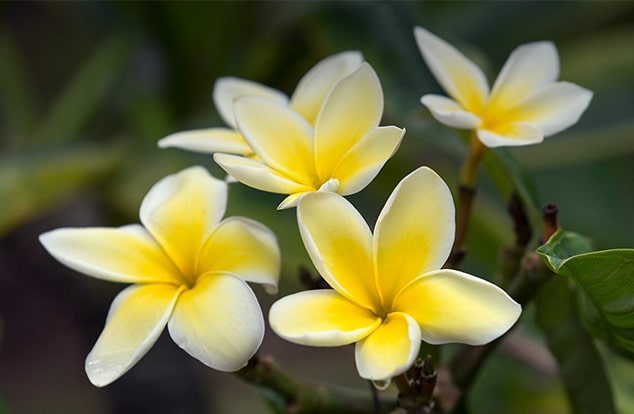
The Champa is one of the most attractive and fragrant flowers in the world. These blooms grow on Plumeria trees, which is why they are also known as Plumerias. The blooms, which make up the majority of these trees, are native to Central America and Mexico, however they are not confined to those regions. They are particularly prevalent in Southeast Asia (Malaysia, Indonesia, the Philippines, and so on), India, and the Pacific Islands (Tahiti, Fiji, Hawaii, New Zealand, and so on). These flowers are significant in their community, especially in terms of religious beliefs and traditions.
Plumeria plants (Plumeria sp.) are little trees endemic to tropical climates that are also known as Lei blossoms and Frangipani. Traditional Hawaiian leis are made from the blossoms of these lovely plants. They have a strong fragrance and bloom in a variety of hues, including white, yellow, pink, and red, from spring through fall. The big leaves of the plant, which may be evergreen or seasonal depending on the species, make these blooms stand out attractively.
Plumeria Plants: How to Cultivate Them
However, you don’t have to reside in the equator to grow plumeria in your backyard; you should be aware of the plant’s growth conditions. Plumeria plants, which are commonly cultivated as an attractive shrub or small tree in the garden, require a slightly acidic, well-draining soil. They also require at least six hours in direct sunlight.
While the plants are very resistant to salt and wind, they are not resistant to cold and must be sheltered. As a result, they should be cultivated in containers in cooler climates. The plant can be unearthed and overwintered indoors in locations that are warm most of the year but still have harsh winters. Instead, you may plant container-grown plumerias in the ground and bring them inside when the weather cools in the autumn. You may move the plants back outside once the weather warms up in the spring.
While the plants are very resistant to salt and wind, they are not resistant to cold and must be sheltered. As a result, they should be cultivated in containers in cooler climates. The plant can be unearthed and overwintered indoors in locations that are warm most of the year but still have harsh winters. Instead, you may plant container-grown plumerias in the ground and bring them inside when the weather cools in the autumn. You may move the plants back outside once the weather warms up in the spring.
Helpful Tips For Growing Plumeria Champa Frangipani
If you want to grow a Plumeria in your yard, here are some helpful gardening suggestions to get you started.
- Plumerias are tropical plants that require a lot of sunshine to thrive. Plant them at a location where they will get at least half of the day’s worth of sunshine (6-7 hours). They need light, well-draining soils and suffer to thrive in clay soils, where water extraction is often an issue.
- When you hydrate them, shower them well, but let part of the water evaporate before watering them again. Container-grown plumerias require more water than their wild equivalents. Make sure you don’t overwater them. Reduce watering of these plants in the autumn and eliminate it entirely when they become inactive in the winter. When new growth appears in the spring, resume regular watering.
- During the flowering season, fertilizers should be applied to plumeria champa frangipani every two weeks or so. A high-phosphate fertilizer promotes flowering, whereas a nitrogen-rich treatment promotes quick leaf growth. Pruning too close to the ground can result in fewer flowers. Before new growth emerges in mid – winter spring, you might cut them back to 12 inches from the ground.
- Seeds or cuttings can be used to grow these plants in the springtime, however cuttings are significantly more straightforward. Place the cuttings in the potting mix approximately 5 cm apart and water well. Since these species do not adapt well to cold climates, they must be protected if temperatures fall below 4°C. Compared to other plants, plumerias are quite resilient and grow well in harsh temperatures (the benefits of being a tropical plant!). They also have a high salinity endurance.
- They thrive in both soil and containers. If you’re going to use a container, make sure to get one that’s big enough to accommodate your plant’s development. Every year, you’d have to top-dress the soil. Take out the top 2-3 inches of soil and replenish it with new soil that has been mixed with compost.
- Plumerias are naturally immune to termites due to their durability. Fungus, on the other hand, can cause the roots or stem to deteriorate in cold weather. To avoid this danger, spray fungicide, reduce watering, and remove spongy branches (if any). Insects can make these plants vulnerable in chilly, damp conditions, but an insecticide treatment should take care of that.
Champa Flowers Have A Pleasant Scent
One should be cognizant of the exquisite fragrance of plumeria champa frangipani when growing it. A Champa flower’s smell is a joy to the senses, and that is probably an exaggeration. The scent isn’t excessive or dominating. It has a calming and somewhat addictive quality about it. The flowery aroma of the flower oil is thick and deep. Plumerias (Champa or ‘Frangipani’ as they are often known outside botanical and horticultural fields) come in a variety of scents. Each Plumeria type has its own particular aroma that, while similar to other flowers’ scents, is not perfectly matched by any of them. Several kinds have a rose-like scent, while others have a fruity or lemony scent.
Champa flowers are normally employed in women’s perfumery and are a crucial component of many multi-ingredient smells. They’re also used to make single-ingredient fragrances, which are popular in India and Southeast Asia. Plumeria is found in a number of notable scents, including Chanel’s Coco. Incense sticks, fragranced soaps, aromatherapy oils, and candles are all made using these flowers.
Champa Varietals (Plumeria / Frangipani)
Plumeria obtusa, Plumeria alba, Plumeria rudra, and Plumeria pudica are only a few of the indigenous types, with Plumeria obtusa, Plumeria alba, Plumeria rudra, and Plumeria pudica being the most common. Nevertheless, these plants are commonly altered for maintenance, and they can now be seen and grown in over a thousand multiple colors.
The majority of the flower’s variants are pure white or deep red in color, while pale pink, yellow, green, gold, or orange forms are not uncommon. Plumeria alba, Plumeria pudica, and Plumeria obtusa are all pure white with a yellow or golden center, whilst Plumeria rudra has a wider range of colors.
If the goal of cultivation is solely aesthetic, Plumeria rudra is recommended above the other species by both experienced plant breeders and ‘hobby-gardeners’ together. Flowers bloom profusely on all types, with bouquets of flowers blooming at the tips of the branches.
Bottom Line
Plumeria plants have all of the qualities that make them worthy of a spot in your landscape. They ask for very little in exchange for everything that they have to deliver. The elegance and aroma of their magnificent Champa flowers can’t be expressed, so go see them. There’s no need to go any further than the Plumerias if you’re seeking for a beautiful blooming plant to put in your yard.
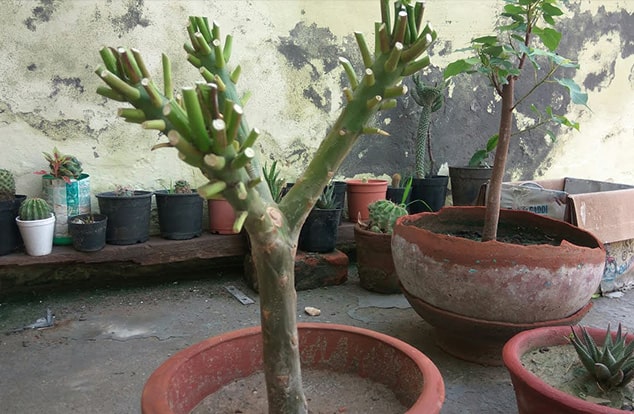
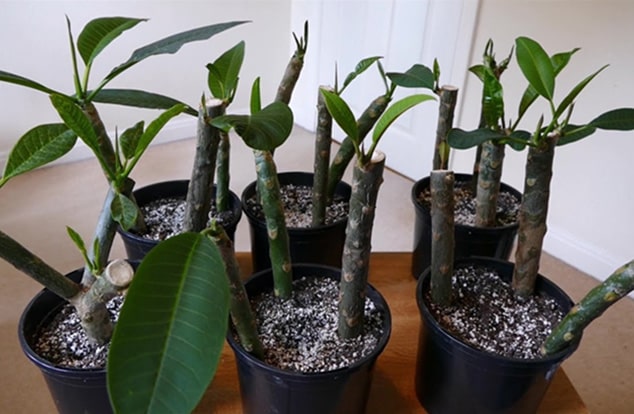
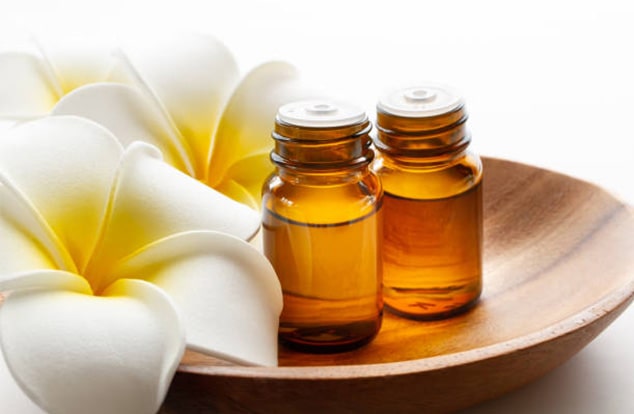
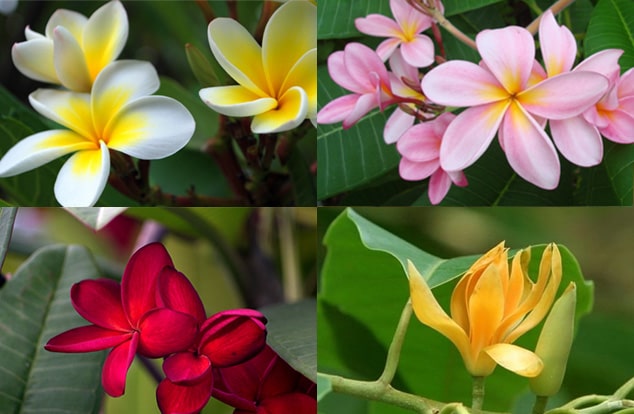
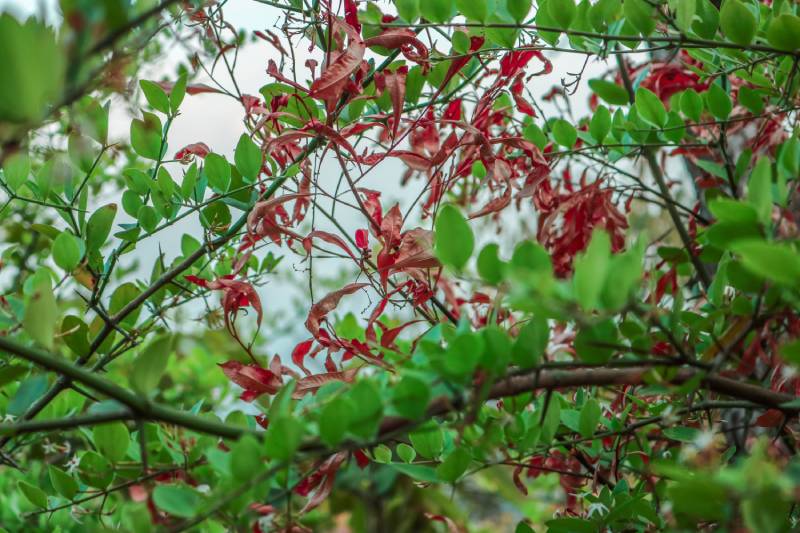
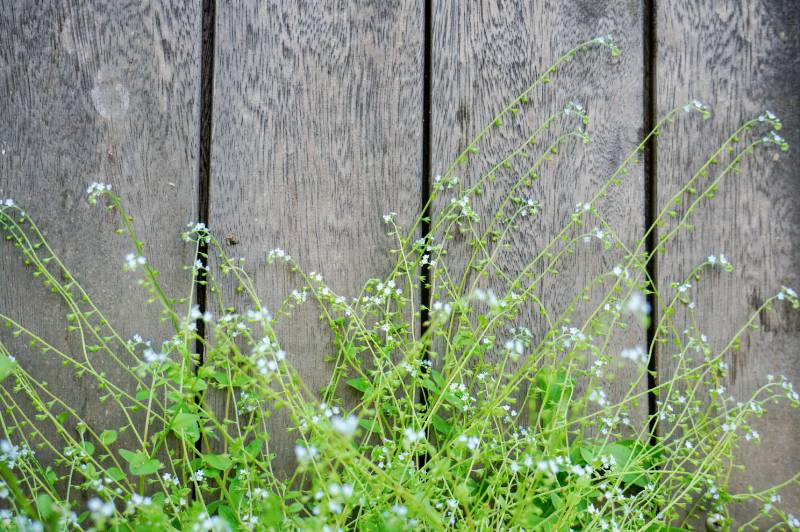
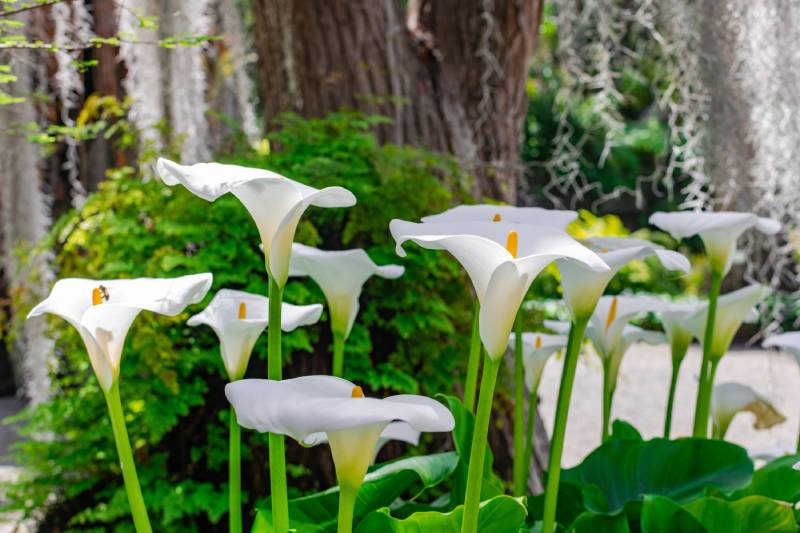
Leave a Reply